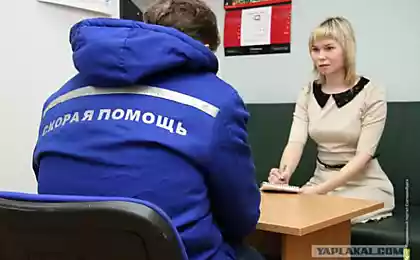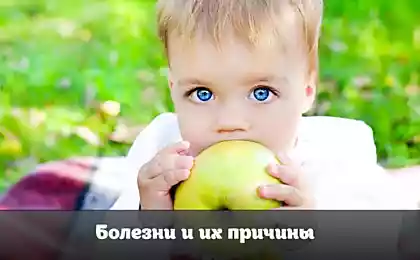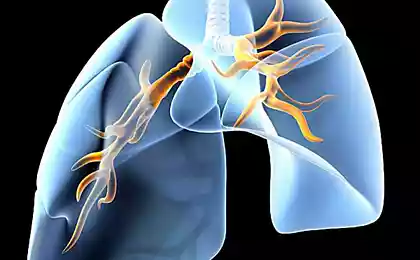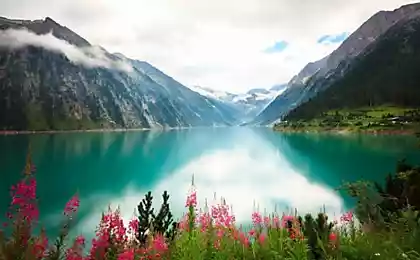206
The paramedic laid out on the shelves: “You will learn to provide first aid no worse than I do!”
After witnessing an accident, many of us may become confused, give up, and then shed bitter tears that could not do anything. Editorial "Site" I am convinced that every conscious person should know how to behave in case of a disaster.
High-quality First aid in emergency situations, and most importantly - the ability to competently and without trembling in the fingers to provide it, can save the life of both a native person and a casual passer-by. It's all in your hands!

First aid can be provided by any person who is near the victim at a critical moment. This is an important skill – an elementary, but indispensable skill for every person. In one of the following situations, it can become a real lifeline for the victim.
Fainting is an unpleasant condition, familiar to many. Short-term and sudden loss of consciousness occurs due to impaired cerebral circulation. The reasons for this are completely different: fear, nervous shock, physical exhaustion or insufficient fresh air in the room. How to recognize the problem and provide the victim with the necessary first aid?
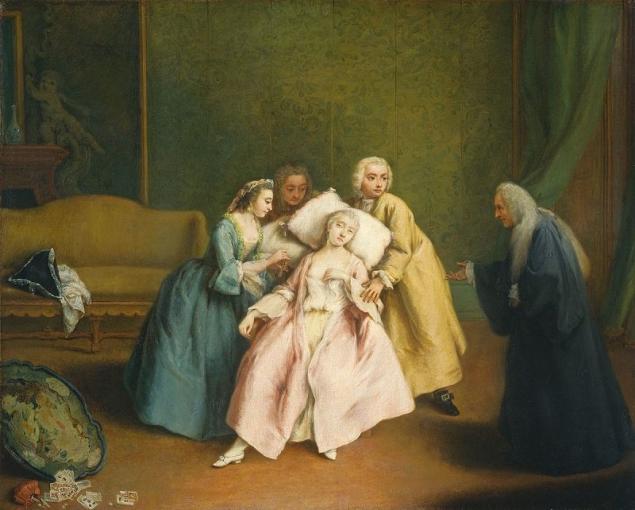
Symptoms

First aid
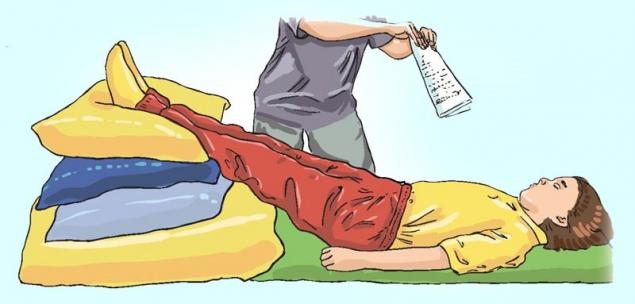
Myocardial infarction is one of the forms of coronary heart disease, which occurs due to necrosis of the area of the heart muscle due to a violation of its blood supply. A heart attack develops at the time of blockage of the coronary artery of the heart with a thrombus.
The causes of the disease are different: atherosclerosis, hypertension, spasm of the coronary arteries, diabetes, obesity, alcoholism. If a heart attack occurs, high-quality first aid in the first minutes of a heart attack can save the victim's life!

Symptoms

First aid
This video clearly describes everything. stages of cardiopulmonary resuscitation He suffered not only from a heart attack, but also in other urgent conditions!
about:blank
Stroke is damage to brain tissue and a violation of its functions caused by a violation of cerebral circulation. The causes of a vascular catastrophe can be different: insufficient blood supply to one of the brain regions, cerebral hemorrhage, thrombosis or embolism associated with diseases of the blood, heart, blood vessels.
How to identify first signs of strokeYou need to know everyone to help in time, because every minute counts!

Symptoms

First aid
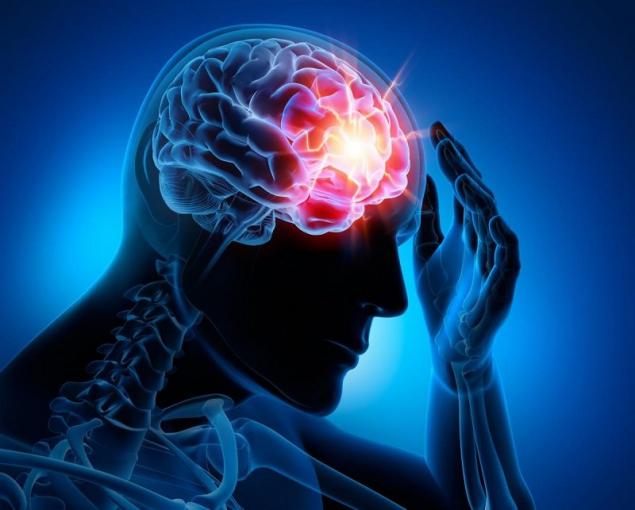
Epileptic seizure can look quite frightening, in fact, it does not require immediate medical intervention. Nevertheless, everyone should know the symptoms of an epilepsy attack and simple rules for handling the patient!
Symptoms

First aid

Only timely and competently provided first, and then qualified medical care will help save life. And if, God forbid, a friend, a colleague, or a random passerby is in trouble, each of us must know what to do.
Emergency medical care A skill that everyone should master. Share this important information with your friends. No one is safe from disaster!
High-quality First aid in emergency situations, and most importantly - the ability to competently and without trembling in the fingers to provide it, can save the life of both a native person and a casual passer-by. It's all in your hands!

First aid can be provided by any person who is near the victim at a critical moment. This is an important skill – an elementary, but indispensable skill for every person. In one of the following situations, it can become a real lifeline for the victim.
Fainting is an unpleasant condition, familiar to many. Short-term and sudden loss of consciousness occurs due to impaired cerebral circulation. The reasons for this are completely different: fear, nervous shock, physical exhaustion or insufficient fresh air in the room. How to recognize the problem and provide the victim with the necessary first aid?

Symptoms
- Fainting can be preceded by such indicative symptoms: dizziness, nausea, sharp weakness, veil before the eyes, noise in the ears, numbness in the limbs.
- When there is a loss of consciousness, the victim falls. This, by the way, is not accidental: in a horizontal position, the blood supply to the brain improves and after some time the patient safely regains consciousness without assistance.
- The airways of the victim are usually free, but breathing is shallow and rare.
- A weak and rare pulse is felt.
- The skin is pale, cold sweat can appear.

First aid
- The victim must be placed on his back in the so-called TrendelenburgWhen the legs are raised at an angle of 45° and the head and shoulders are below the level of the pelvis. If it is not possible to put the patient on the couch, it is enough to raise your legs above ground level.
- It is necessary to immediately unbutton the squeezing parts of clothing: collar, belt, tie.
- If an unpleasant situation occurred in the room, it is necessary to open the windows and let in fresh air.
- You can put a wet and cold towel on the victim's forehead or moisten the face with cold water, pat on the cheeks or rub the ears.
- If there is vomiting, put the head of the victim sideways. This will help prevent vomit into the respiratory tract.
- The effective and most famous way to combat fainting is ammonia. Inhaling ammonia vapors usually helps to bring the victim back to consciousness.
- Do not raise the patient after returning to consciousness. As a matter of urgency, call an ambulance, because fainting can be a consequence of a serious illness, and the victim in any case needs a professional examination.

Myocardial infarction is one of the forms of coronary heart disease, which occurs due to necrosis of the area of the heart muscle due to a violation of its blood supply. A heart attack develops at the time of blockage of the coronary artery of the heart with a thrombus.
The causes of the disease are different: atherosclerosis, hypertension, spasm of the coronary arteries, diabetes, obesity, alcoholism. If a heart attack occurs, high-quality first aid in the first minutes of a heart attack can save the victim's life!

Symptoms
- The first and main symptom of a heart attack is a strong sternumwhich extends to the left shoulder, shoulder blade, arm. Pain syndrome can last more than 15 minutes, sometimes lasts for hours and even days.
- The victim is restless, there is a fear of death.
- Possible nausea, vomiting, face and lips can acquire a bluish tint, there is sticky sweat.
- There may be shortness of breath, cough, difficulty breathing, a feeling of lack of air. The respiratory tract is usually free. Breathing is frequent and shallow.
- The pulse is weak, fast, sometimes intermittent. Possible cardiac arrest.

First aid
- The first thing to do is call an ambulance.
- If a person is conscious, it is necessary to sit him in a chair with a back or give a semi-lying position, bent his legs in his knees, and let him calm down.
- It is necessary to unbutton tight clothes, ease the pressure of the collar or tie.
- It is likely that if problems with the cardiovascular system in the victim is not the first time, he may have medications: nitroglycerin, aspirin, validol, etc. Nitroglycerin is a drug that helps relieve pain during an attack of angina pectoris. If within 3 minutes after taking nitroglycerin, the pain does not subside, then the victim has a real heart attack, which cannot be removed with medication. This indicative symptom will help distinguish a serious problem from a simple attack of angina pectoris.
- If an aspirin is on hand, and the patient is not allergic to it, it is necessary to give him to chew 300 mg of the drug. It's chewing! The medication will work much faster.
- It is necessary to carefully monitor the breathing and work of the heart of the victim. In case of cardiac arrest, resuscitation must immediately begin. Their conduct before the arrival of the ambulance increases the chances of survival of the patient many times! In the first seconds of ventricular fibrillation can be effective precardiac. Two sharp intense punches are applied from a height of 30-40 cm along the sternum at the border of its middle and lower third. In the absence of a pulse on the carotid artery, after two strokes, you should immediately proceed to indirect heart massage and artificial respiration.
This video clearly describes everything. stages of cardiopulmonary resuscitation He suffered not only from a heart attack, but also in other urgent conditions!
about:blank
Stroke is damage to brain tissue and a violation of its functions caused by a violation of cerebral circulation. The causes of a vascular catastrophe can be different: insufficient blood supply to one of the brain regions, cerebral hemorrhage, thrombosis or embolism associated with diseases of the blood, heart, blood vessels.
How to identify first signs of strokeYou need to know everyone to help in time, because every minute counts!

Symptoms
- Sudden, causeless headache.
- The appearance of weakness in the muscles, numbness of half or individual parts of the body (arm, leg, face).
- There may be visual impairment, possibly double vision.
- There may be a sudden loss of balance and coordination, nausea and loss of consciousness.
- Often there is a violation or slowing of speech, the victim may sag the corner of the mouth or will be dilated pupil on the affected side.
- If you notice the above symptoms, act immediately!

First aid
- It is necessary to immediately call an ambulance team - a stroke victim needs the immediate help of professionals.
- If the patient is unconscious, it is necessary to check whether he can breathe. If you find a violation of breathing - free the airways of the patient, laying it on its side and cleaning the mouth.
- Move the patient to a comfortable position. Many people say that it is absolutely impossible to touch and move a stroke victim, but this is a myth!
- If possible, it is necessary to measure blood pressure and record indicators.
- If the patient is conscious, it is necessary to find out how long ago the stroke occurred. In the first 3 hours from the beginning of the stroke, the patient can be carried out emergency therapy - thrombolysis. This procedure involves intravenous administration of a drug that dissolves a blood clot that blocked the cerebral artery. Thus, it is possible to eliminate or significantly reduce brain disorders.
- You can't give the patient water and food.
- Under no circumstances should the patient be given medication! Reducing the pressure is also not recommended. Hypertension in the first hours of a vascular catastrophe is the norm associated with brain adaptation.

Epileptic seizure can look quite frightening, in fact, it does not require immediate medical intervention. Nevertheless, everyone should know the symptoms of an epilepsy attack and simple rules for handling the patient!
Symptoms
- Most often, the attack begins with an aura. preepileptic The aura can be olfactory, visual or auditory, when the patient feels unusual smells, sounds or sees complex images. Sometimes during the aura, a patient with epilepsy can warn about an impending attack of others, thus protecting himself.
- Often from the outside it seems that the attack began for no reason - the patient makes a cry and falls unconscious.
- Breathing is difficult, lips are blue.
- There are seizures. They are squeezing, they are squeezing, they are relaxing.
- Sometimes patients may bite their tongue or cheeks.
- The pupils do not respond to light stimuli.
- Perhaps spontaneous emptying of the intestine, vomiting, abundant salivation. Foam can come out of your mouth.

First aid
- The first thing to do is to calm down yourself. If the patient let you know about a possible seizure, make sure that he is not in danger of falling (sharp corners, hard objects, etc.).
- If the patient during a seizure is not threatened, do not touch or move him. Be there for the duration of the attack.
- Do not try to restrain the victim in an attempt to stop the seizures. This will not help him, but it can cause unwanted injuries.
- Make sure you get a seizure start time. If the attack lasts longer than 5 minutes, it is necessary to call an ambulance team. A prolonged attack can lead to irreversible damage to brain cells.
- Important! Do not put foreign objects in the patient's mouth. Many people believe that during an epileptic seizure, the tongue may fall. Alas, this is a serious misconception. All muscles, including the tongue, during an attack are in hypertonicity. In no case do not try to open a person’s jaws and place a solid object between them. There is a risk that during the next tension, the patient will either bite you, or get a tooth injury or may choke on the debris of an object.
- When the attack stops, put the patient in a comfortable position. Make sure your breathing is back to normal: check if the airways are free (they can be blocked by food residues or dentures).
- If during the attack the patient was injured, it is necessary to treat all wounds.
- Until a person fully returns to normal, you can not leave him unattended. If another seizure follows or an epilepsy attack occurred for the first time, the patient needs hospitalization.

Only timely and competently provided first, and then qualified medical care will help save life. And if, God forbid, a friend, a colleague, or a random passerby is in trouble, each of us must know what to do.
Emergency medical care A skill that everyone should master. Share this important information with your friends. No one is safe from disaster!
Why praise yourself and what will come of it?
The most feminine haircuts of 2018: for the sake of such beauty, it is not a pity to say goodbye to long hair!









